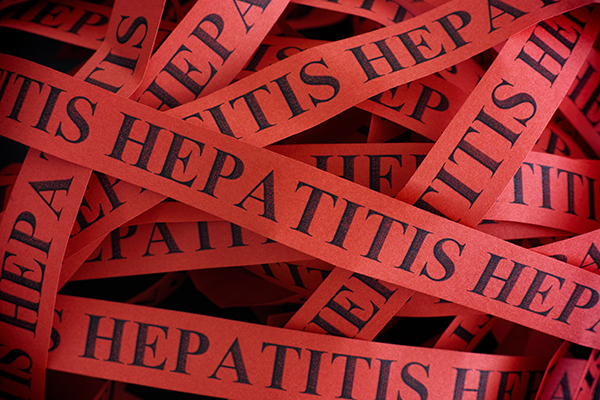Top Food Safety Websites
 You ask…How do I learn about food safety regulation? What pathogens in foods can make me sick? What temperature should I safely cook my roast beef to and how do I take food temperatures? How do I clean and sanitize anything according to the FDA Food Code? What and where is the most recent version of the FDA Food Code? Where can I find food safety educational materials galore in book form or online? Do I need them in Spanish or a Chinese dialect?
You ask…How do I learn about food safety regulation? What pathogens in foods can make me sick? What temperature should I safely cook my roast beef to and how do I take food temperatures? How do I clean and sanitize anything according to the FDA Food Code? What and where is the most recent version of the FDA Food Code? Where can I find food safety educational materials galore in book form or online? Do I need them in Spanish or a Chinese dialect?
Of course, answers to these and other burning food safety questions are hot on the Internet circuits today. If there’s a lot you need to know, realize you are not alone. With thousands of food professionals tackling the same issues you are, you can bet there is talk about it all on the Web. Where do you find it? Here is a guide to some helpful food safety websites.
FDA Food Code: It’s all here in whatever year’s update your state follows (2013 is the most current) | Visit>
FDA HACCP (Hazard Analysis Critical Control Points) Information on food safety management systems and education. Click on Retail & Food Service HACCP for greater detail. | Visit>
CDC Estimating Foodborne Illness in the U.S.: Latest information on foodborne illness in the U.S. | Visit>
FDA Bad Bug Book: This is the site with the famous name! Check here for details about a long list of foodborne pathogens, and follow links to outbreak information and related Web pages. Download the latest version of the book for free. | Visit>
USDA Food & Nutrition Service: The site provides food safety education and training resources for school food service professionals and child nutrition program operators. | Visit>
Handwashing Leadership Forum: This site is a wealth of information on the many elements of clean hands focused on the food industry with lots of training tools. Great resources here for hand hygiene. | Visit>
FDA’s Oral Culture Learner Project: provides materials in many languages with visual pictures to help food employees understand the reasons why following proper food safety practices is important to prevent illnesses, deaths, and loss of income and reputation resulting from food-related outbreaks. | Visit>
International Food Safety Icons : Visual Logos about food safety concepts that can be downloaded & used in training materials from the International Association of Food Protection. | Visit>
Iowa State University Extension Food Safety Project: A website offering food safety lessons, reference to common pathogens, HACCP & food law information, news, and links to more food safety sites. | Visit>
National Restaurant Association & ServSafe: ServSafe materials for manager certification, foodworker training, and other foods service educational tools. New training info for alcohol service & food allergens is also available. | Visit>
FoodHandler Inc.: Several free downloads, temperature charts, and signs. Handwashing signs available in English and Spanish. | Visit>
Bottom Line: There are multitudes of food safety sites to surf that we didn’t list, but these will get you started.
***
About the Author: Lacie Thrall











